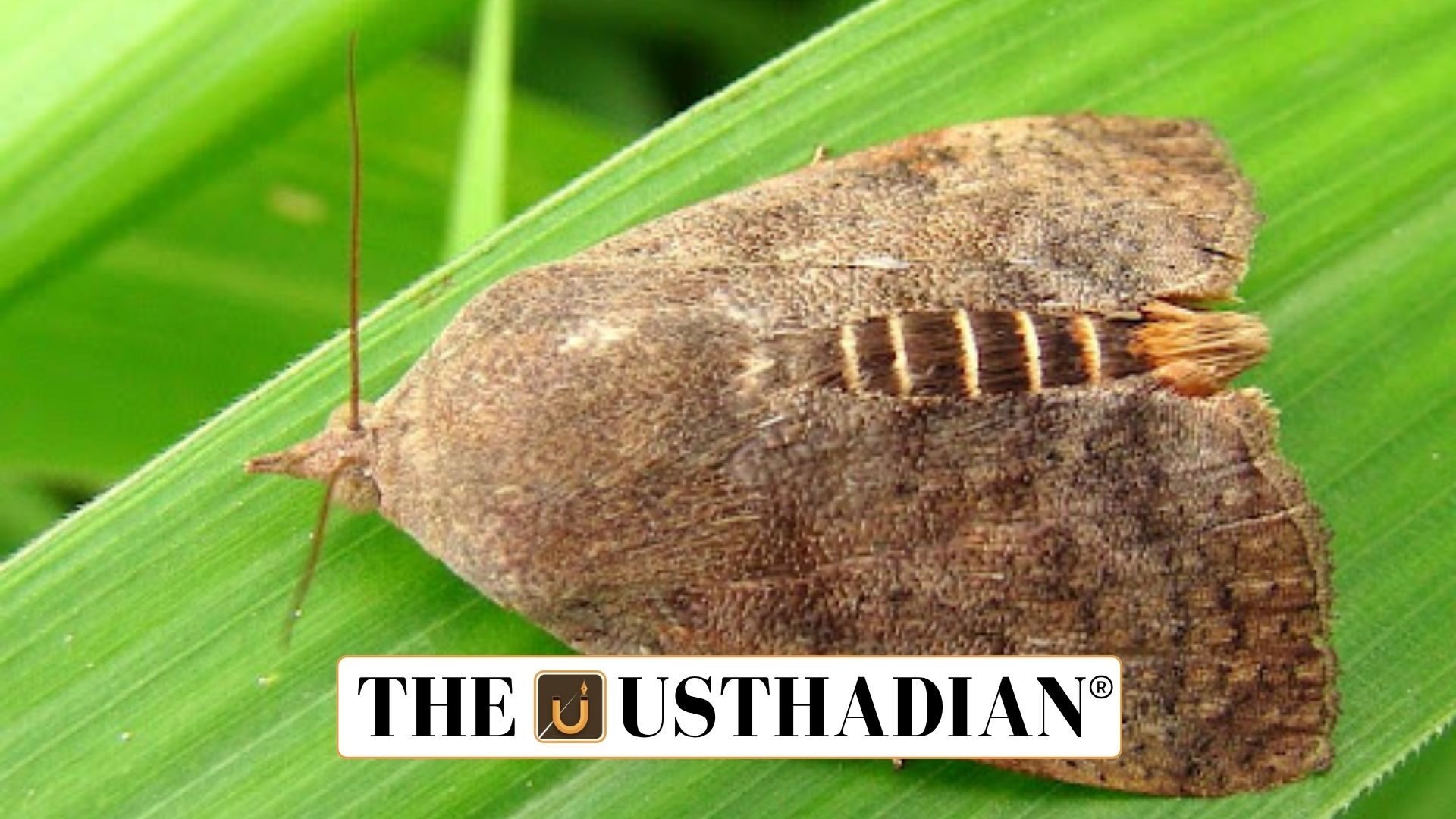Threat of the Teak Defoliator
Eco Friendly Virus Solution Against Teak Defoliator: The teak defoliator moth (Hyblaea puera) is a serious pest that damages teak plantations across India. Its larvae feed on leaves multiple times a year, causing up to six defoliation cycles annually. This forces trees to regrow leaves instead of producing timber, leading to significant economic losses.
Static GK fact: Teak (Tectona grandis) is a tropical hardwood tree native to South and Southeast Asia and is highly valued for its durable timber.
Economic Impact on Forestry
Each hectare of affected teak plantation loses around 3 cubic metres of wood annually. In Kerala, the estimated financial loss is ₹562.5 crore, and across India, it reaches about ₹12,525 crore. These losses have long-term implications for timber supply and rural livelihoods.
Limitations of Chemical Methods
Earlier, chemical pesticides were used, including aerial spraying. However, these methods caused environmental concerns and public protests in states like Kerala and Madhya Pradesh. Non-target species were at risk, and the ecological balance of forests was threatened.
Static GK Tip: The use of persistent chemical pesticides in forestry was globally restricted after the 1970s due to concerns over biodiversity loss.
Discovery of HpNPV Virus
Scientists at the Kerala Forest Research Institute (KFRI) identified the Hyblaea puera Nucleopolyhedrosis Virus (HpNPV), a naturally occurring virus that infects only teak defoliator larvae. Inside the larvae, the virus multiplies and eventually kills them, releasing more virus into the environment for natural spread. This process ensures long-term pest suppression without affecting other forest organisms.
Advantages of Biological Control
HpNPV offers an eco-friendly, targeted, and self-sustaining solution. It reduces reliance on chemical pesticides, prevents harm to beneficial species, and supports sustainable forestry. Sub-lethal infections also weaken surviving pests, passing the virus to the next generation for extended control.
Successful Field Trials in Kerala
Trials conducted in Nilambur, Kerala’s teak hub, showed high success rates in reducing pest outbreaks. Forest department staff were trained in infestation monitoring and HpNPV application techniques. Early application during initial pest activity ensures maximum effectiveness.
Static GK fact: Nilambur in Kerala is historically known as the ‘Teak Town’ and houses the world’s first teak plantation established in the 1840s.
Future Adoption and Implementation
The next step is formal adoption of the virus-based control method by forestry authorities. Once scaled, this technology could protect thousands of hectares of teak forests, safeguard timber production, and promote sustainable forest management in India.
Static Usthadian Current Affairs Table
Eco Friendly Virus Solution Against Teak Defoliator:
| Topic | Detail |
| Scientific name of teak defoliator moth | Hyblaea puera |
| Virus used for pest control | Hyblaea puera Nucleopolyhedrosis Virus (HpNPV) |
| Key research institute | Kerala Forest Research Institute (KFRI) |
| Annual timber loss per hectare | 3 cubic metres |
| Annual loss in Kerala | ₹562.5 crore |
| Annual loss in India | ₹12,525 crore |
| Major teak hub in Kerala | Nilambur |
| Key benefit of HpNPV | Targets only teak defoliator larvae |
| Past control method | Aerial spraying of chemical pesticides |
| First teak plantation in the world | Nilambur, Kerala |








